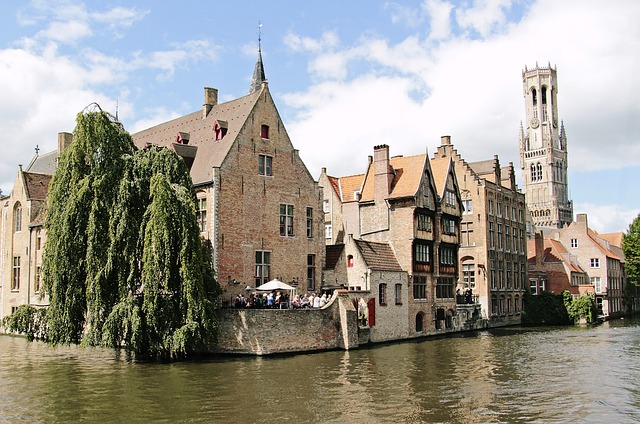The elements of romance when properly used give readers of romance novels want they want and will keep them turning pages late into the night.
I talked to a few romance readers, and they all agreed that likable characters, a great plot and a satisfying ending get their money every time.

So let’s see what elements of romance you need to include in your story, so you’ll end up with a best seller.
Element #1 – A likeable hero and heroine readers can relate to
The two main characters in your story don’t have to be drop dead gorgeous, but they should be reasonably attractive, and they also need to have at least a few personality traits that readers will like and can identify with.
For example, maybe the hero loves animals and has a dog he takes with him everywhere he goes, or perhaps he cares for his aging grandmother.


The heroine might be beautiful, but she could also be a little klutzy, so readers don’t see her as a perfect woman (and therefore, someone they can’t identify with).
Element #2 – An incident that throws these two characters together – so they meet for the first time
What brings the two characters together?
Is it the first day of college, or a wake where the hero is a detective and the heroine a former teacher of the deceased person’s daughter?


Or perhaps they are both at the park when it starts to rain.
Sometimes the characters may have known each other for a while, but an incident occurs that makes them see each other from a different perspective.
Element #3 – Something that keeps these characters apart or keeps them from committing to each other
Now that your characters have met and are attracted to each other, readers want to see their relationship progress.
But if there is no conflict between the two, the plot becomes flat and boring.
Something must keep one, or both of them, from moving forward.


Maybe she is afraid of marriage because she sees her mother, who came from a poor family, being controlled by her father who was wealthy.
She wants to start her business in order to be independent.
He wants to rise higher in his career — maybe become the CEO of his company one day — in order to impress this young lady and her family.
His external goal is now in direct conflict with hers.
Element #4 – Plenty of romantic tension.
This comes about as a result of the conflict between the characters.
Even though they feel irresistibly drawn to each other, their inner turmoil and conflicting goals increase the tension and make your readers eager to see how, or if, the romance will progress.
Show, Don’t Tell
Another way to build romantic tension is to show and not tell.
You do this in other genres, but in romance it is even more crucial.
Let’s say the hero becomes jealous of one of the heroine’s co-workers.
Let your readers see through his actions that he is jealous or upset.


Element #5 – Something that enables the hero and heroine to finally get together so there is a satisfying resolution to the story
In order for the resolution to be satisfying to readers, it must be believable.
Jennifer Lawfer, writing in Writer’s Digest, says for the hero and heroine to resolve their conflict, they must first each resolve their internal conflict.
In the example above, the heroine must realize that she can’t judge everyone by her father’s standard.
The hero must realize that if the young lady falls in love with him, she should do it because of who he is, not because of what he has.
When they have reached this level of growth, the conflict nears a resolution.
By providing lots of conflict in your novel, adding more and more complications, showing instead of telling, you heighten romantic tension and keep your readers turning the pages.
Then, when the conflicts are resolved in a satisfying manner, your readers will be your fans for life.


Learn more about the elements of romance in this post, Plotting a Romance.
About Angela Joseph


Angela’s publishing credits include stories in a Cup of Comfort for Mothers, Chicken Soup: Rebooting Your Life, and an honorable mention in a Writer’s Digest short story contest. Angela is also the author of Women For All Seasons and the Egypt trilogy.
Visit her blog, Angela’s Freelance Writing.
Join our mailing list to get immediate access to more helpful resources to learn the elements of romance.














